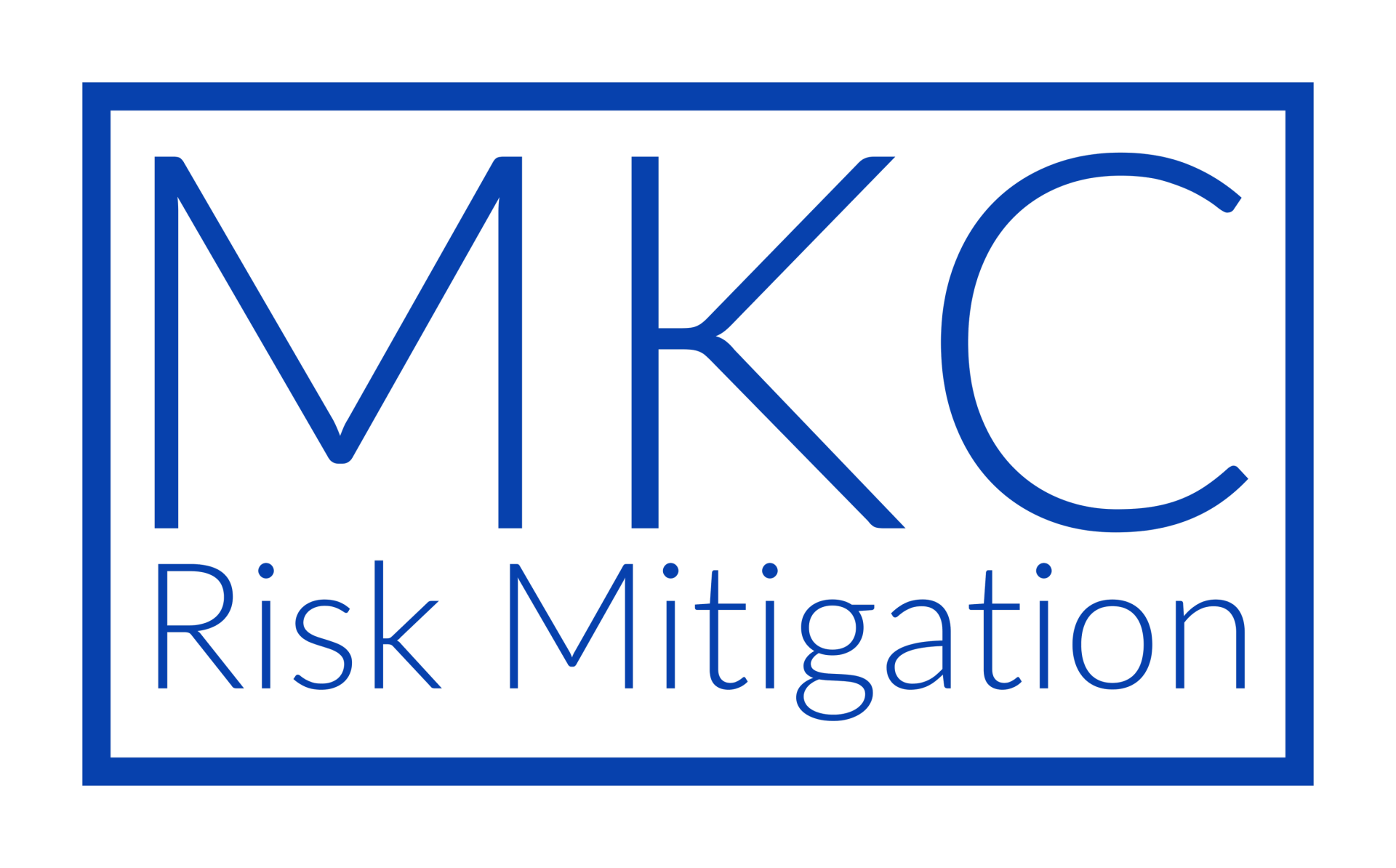A management decision is irresponsible if it risks disaster this year for the sake of a grandiose future.
Peter Drucker, 1909–2005
Minimizing Risk, Protecting Assets - Our only Priority!
Risk Mitigation
The strategy to prepare for and lessen the effects of threats faced by a business. Comparable to risk reduction, risk mitigation takes steps to reduce the negative effects of threats and disasters on business continuity. Threats that might put a business at risk include cyberattacks, weather events and other causes of physical or virtual damage.
People
People are arguably the biggest risk. By people we mean staff, as well as other individuals an organization may come into contact with – i.e. contractors.
Process
Processes are key to the implementation of an effective cyber security strategy. They are crucial in defining how an organization’s activities, roles and documentation are used to mitigate information risks. Processes also need to be continually reviewed.
Data and Information Protection
Data and information protection is the most technical and tangible of the three pillars. The data we gather comes from multiple sources, such as information technology (IT), operational technology (OT), personal data and operational data. It must be properly managed and protected every step of the way.
Engineering
Emergency Communication Systems
Utilizing "Smart Plan" designs to minimize the overall risk and keeping infrastructure costs low.
Paging, Announcement and General Alarm Systems (PAGA)
Smart Design decreasing interruption, increasing speed of response by efficient zoning.
Industrial Communication Systems
Merging your requirements for ECS and PAGA into a fully NFPA 72 compliant system.
NFPA 72 Compliance
Independent review of your EPC's communication system design to assure compliance to the required local, state and national requirements.
Improve your existing system by undergoing a codes compliance audit of your in-plant and emergency communication system.
Protect your existing investment and add modern technology by code compliant legacy system integration.
On-Site
Installation Support
Eliminate surprises during commissioning by having MKC monitor and oversee your Communication System installation.
Maintenance
Avoid costly OEM maintenance plans and obsolete spare parts. Utilize our maintenance services.
Training
Not utilizing your investment? Sign up for user, maintenance and configuration training.
Standards Conformity
Identify
Determine the specific standard or criteria that the product should meet or adhere to. This could be an industry standard, a corporate standard, customer expectations, or any other relevant benchmarks
Understand
Familiarize yourself with the requirements and guidelines outlined in the standard. Read the documentation, specifications, or guidelines associated with it. Make sure you have a clear understanding of what the standard expects from the product.
Evaluate
Assess the product's performance, features, functionality, and overall quality. Compare it against the requirements set by the standard. Take note of any areas where the product meets or exceeds the standard, as well as any areas where it falls short.
.
-
Industries
ExperienceThe knowledge base of the team is focused on cyber security and life safety accross all industries. Its the "Smart Plan" approach that is tailerd to your industry and corporate needs.
Testimonials
Billy Ridge - MMR Group
The MKC engineering team is very creative in their PAGA system designs and always have the end user clients interests in mind. They create cost effective solutions that are in line with the clients needs as well as industry standards.
John Beckner - Horizon Technologies
My IT department let me know we were all set, then I got the assessment results from MKC. We have already implemented many of their suggestions and seen not only a more secure infrastructure, but some process efficiencies as well.






